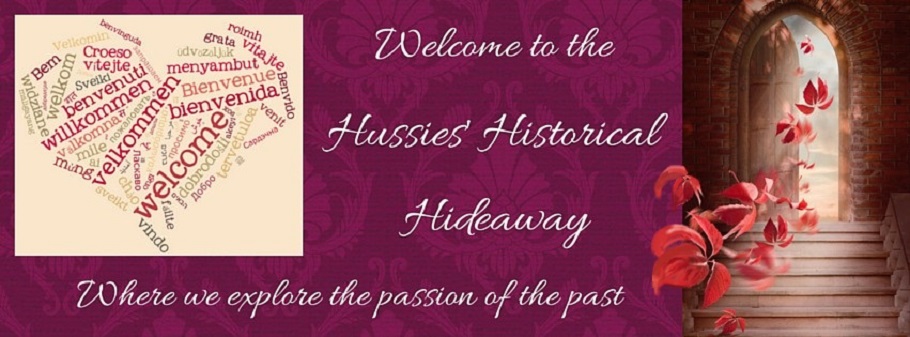 Michelle Styles examines the life of Harriot Mellon Coutts, Duchess of St Albans, Celebrated actress, senior partner in Coutts Bank and forgotten by today's feminists.
Michelle Styles examines the life of Harriot Mellon Coutts, Duchess of St Albans, Celebrated actress, senior partner in Coutts Bank and forgotten by today's feminists.Last month, I blogged about Lady Jersey and Evangline Holland kindly recommended a book – Women Who Made Money – Women Partners in British Private Banks 1752 -1906 by Dawes and Selwyn. I ordered and read it, not expecting that much. But as I turned the pages , my jaw kept dropping. Why had these women been overlooked? Why aren’t they better known? 14 women possessed licences to print money in 1812. Women in the Regency period not only inherited banks but they also founded banks. When Ann Butlin’s bank was wound up at 100 years, her great grandson retired a wealthy man.
One of the most remarkable female bankers is Harriot Mellon Coutts who later became the Duchess of St Albans.
Harriot is a true rags to riches story and I am utterly amazed that no one has seen fit to have her as a subject of a biography since 1915. Born circa 1777 to an Irish actress and one Leiutenant Mellon of the Madras Army (there are no records of the man btw), Harriot went on the provincial stage at an early age. There is evidence that her mother severely abused her. When she was 18, she met Sheridan who urged her to come to London. She made her debut in 1795 as Lydia Languish at the Drury Theatre. She was considered to be a great comic actress.
Harriot was blessed with incredible good sense and a prudent and sound business head. She became wealthy but continued to work. She also made sure that she was utterly respectable.
In 1810 while on a professional tour, in Cheltenham, she met the elderly banker Thomas Coutts. She kept the five guineas he sent as good luck pieces for the rest of her life. They rapidly became friends and he became her trusted business advisor. She was welcomed into his family and became friends with his daughters who were known as the Three Graces on account of their beauty. Unfortunately the first Mrs Coutts suffered from serious mental illness and eventually died in 1815. A month later Harriot and Thomas married. Thomas ensured that Harriot had a proper marriage settlement and she retained control of all her property. Harriot was presented at court by Baroness North (one of Thomas’s daughters). There is a story that Baroness North had offered, expecting the Queen to refuse to meet Harriot as there had been a slight friction that their father remarried so quickly. In the event, the Prince Regent did meet Harriot and was utterly charmed by her (note if you want an actress to be presented, have her meet the Prince Regent).
In 1822, Thomas died and left the senior partnership to Harriot. Harriot was an active partner and controlled the hiring and firing of the other partners. She was also paid 4x as much as the other partners. She did much to introduce Coutts bank to various high flyers. She knew everyone. And in 1825, she married the Duke of St Albans, a man twenty years her junior. She knew about marriage settlements and continued to retain control of her money and Coutts bank.
She was a great patron of the arts as well as the poor. The over-whelming picture of her was that she was kind and never seemed to notice slights. For a time after she married the Duke of St Albans she was mercilessly caricatured.
She died in 1837, leaving Coutts to Thomas Coutts’ granddaughter Augusta Burdett-Coutts. Lady Burdett-Coutts preferred to concentrate on philanthropy rather than directly running the bank. She did a huge amount for the poor in the East End of London. However when she married an American in 1881, under the terms of Harriot Mellon’s will, the control of Coutts changed. Coutts remains one of the leading private banks in Britain and among other things, there is a cash point machine in Buckingham Palace for the Royal family’s use.
It shocks and amazes me that she is not better known. There is a 1915 biography called The Jolly Duchess which is available on the Open Library if anyone is interested in more detail. And I thoroughly recommend Women Who Made Money for anyone interested in how businesswomen thrived in the Regency and Victorian periods.
Michelle Styles writes historical romance in a number of different periods including the Regency. Her latest To Marry a Matchmaker is an early Victorian set in the North East of England. You can read more about Michelle's books on her website www.michellestyles.co.uk


